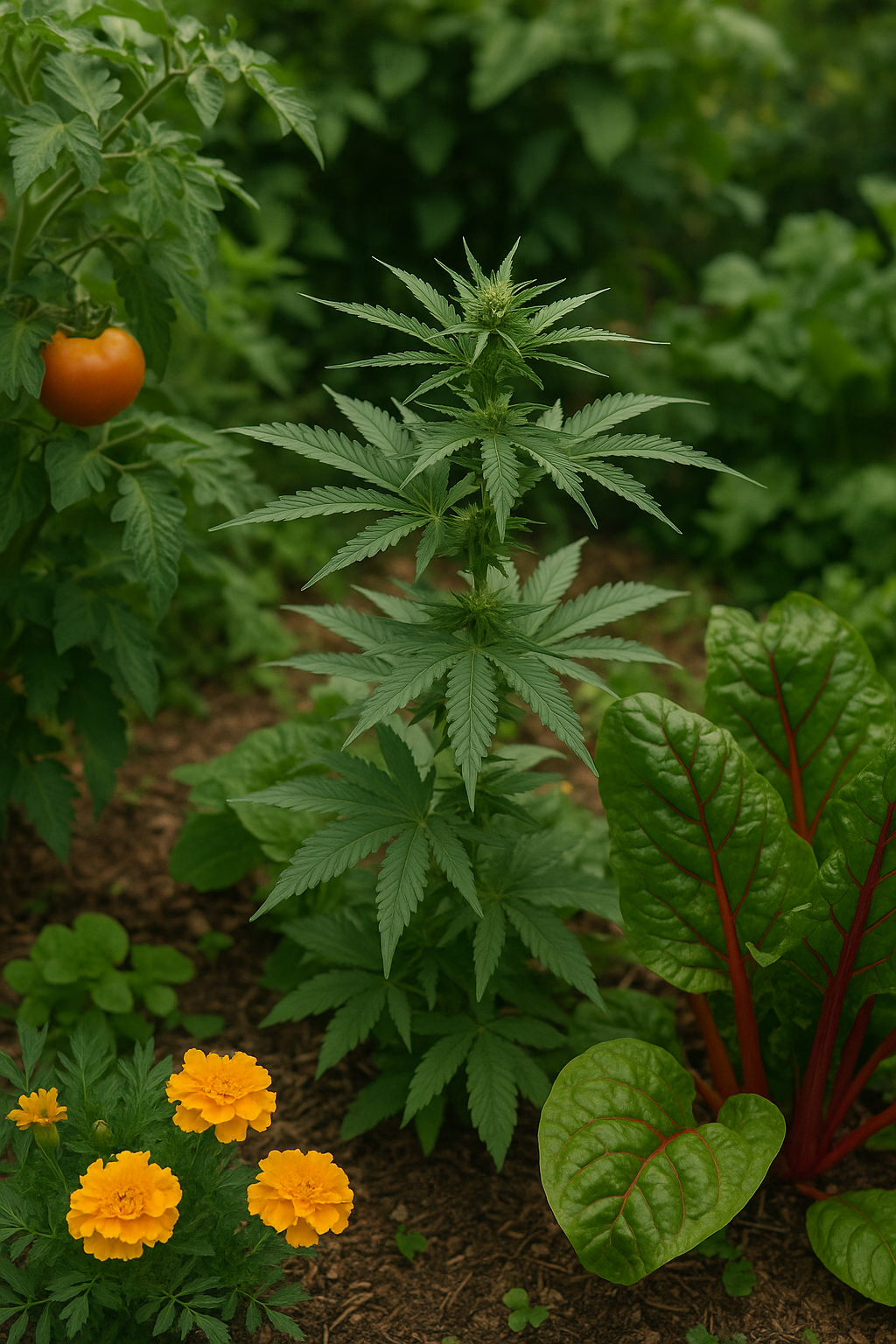Integrating Cannabis into Virginia’s Edible Landscape Gardens
In Virginia, the backyard isn’t just a place to relax - it’s becoming a mini farm, a sanctuary, and in many cases, a canvas for creativity. For those who grow their own vegetables and herbs, adding cannabis to an existing edible landscape can feel like a natural next step. But it takes planning, care, and an understanding of both the plant and the land.
Whether you're new to growing or expanding your garden’s potential, here's how to thoughtfully integrate cannabis into your edible landscape garden in Virginia.
Why Cannabis Belongs in an Edible Garden
Cannabis isn’t just a cash crop or a stand-alone plant - it’s a dynamic, photosensitive species that can coexist beautifully with fruits, vegetables, and herbs when grown with intention. Here’s why it fits:- It thrives in full sun, just like tomatoes and peppers.
- It benefits from pollinators and pest-repelling plants.
- It offers visual structure and texture, with bold foliage and striking colas that look beautiful beside leafy greens or flowering herbs.
- It can even be consumed in edible form, especially if you cook, juice, or make infusions from your harvest.
Zoning Your Garden: Where Cannabis Fits Best
In Virginia, adults can legally grow up to four cannabis plants per household, but they must be out of public view and secured from unauthorized access. That means placement is key when working cannabis into an edible landscape.Ideal Spots Include:
- The back portion of a raised garden bed, where cannabis can serve as a tall backdrop.
- Behind a privacy trellis or row of sunflowers that add beauty and visual protection.
- In a dedicated “structured corner”, sectioned off with fencing or landscape timbers.
- Near tall companion plants like okra, corn, or tomatoes, which provide partial coverage while sharing sunlight needs.
Companion Planting: Edible Allies for Cannabis
Virginia’s edible growers already use companion planting to boost growth and prevent pests - cannabis can easily benefit from the same techniques.Great Edible Companions Include:
- Basil – Helps repel whiteflies and aphids; also enhances terpene profiles.
- Garlic & Chives – Natural pest deterrents and soil protectors.
- Marigolds – Not edible but incredibly useful for root-knot nematode and insect control.
- Dill & Cilantro – Attract beneficial insects like hoverflies and ladybugs.
- Peppers – Love similar heat and soil conditions, and their compact size makes them great neighbors.
- Leafy greens like kale or lettuce – Use lower space and grow faster, making them excellent fillers in between cannabis seedlings.
Soil Harmony: Feeding Your Whole Garden
Cannabis loves rich, aerated soil that drains well. If you're already gardening organically, you’re on the right track. Here’s how to maintain harmony:- Use compost from your existing pile to enrich both cannabis and vegetables.
- Top-dress with worm castings or fish emulsion for a nitrogen boost that works across your edible crops.
- Mulch your cannabis just like your squash or cucumbers to retain moisture and regulate root temperatures.
Seasonal Timing in Virginia
Outdoor cannabis growing in Virginia is a race against time - especially if you want it to bloom before the weather turns.- Start seeds indoors in early April, just like your tomatoes.
- Transplant in mid to late May, once frost risk is gone.
- Harvest between mid-September and mid-October, depending on strain and weather.
Privacy, Security, and Compliance
Because Virginia law requires cannabis plants to be out of public view, here are some simple compliance tips for edible gardeners:- Use decorative fencing or trellises to obscure plants without ruining the garden aesthetic.
- Grow near tall, bushy plants like beans on poles or climbing gourds.
- Secure the garden with a locked gate, especially if you have children or pets.

.png)

Comments
Post a Comment